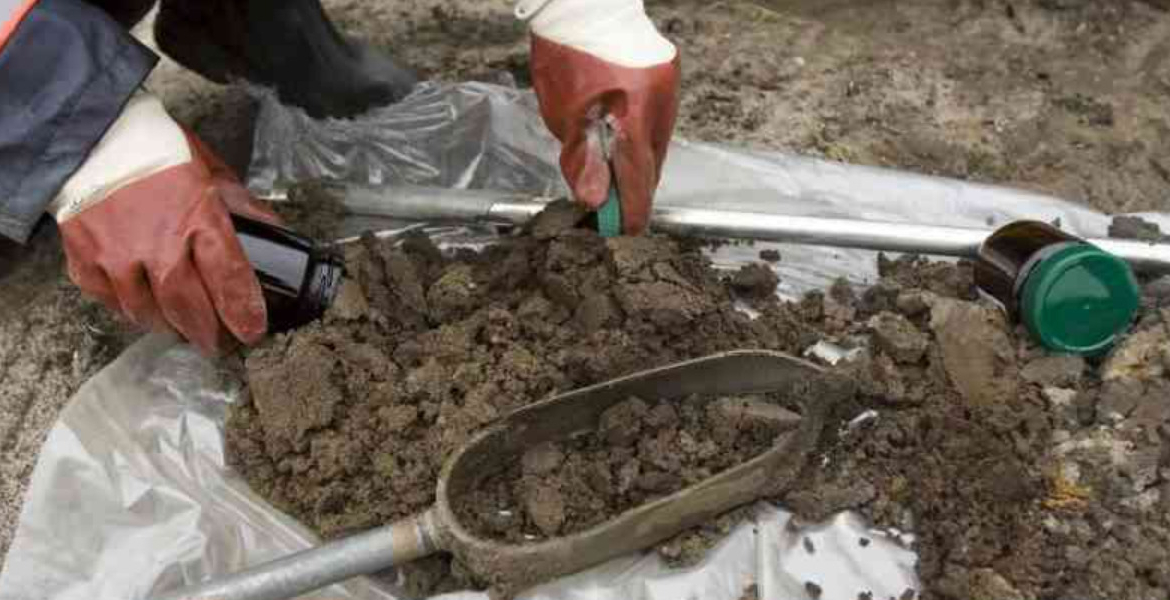
Soil Test
- 2 views
Kenya's construction industry is undergoing a significant transformation following the enforcement of the National Building Code 2024 in March, replacing the outdated 1968 regulations.
The updated code introduces rigorous standards designed to modernize building practices and align the sector with contemporary engineering methods and the challenges posed by climate change. A key provision of the new code mandates soil testing for all construction sites, especially multi-story buildings, where geotechnical assessments are now obligatory to determine design parameters such as allowable bearing pressure and soil cohesion.
The code also includes specific procedures for addressing unstable soil conditions, such as black cotton soil, requiring contractors to excavate and reinforce these areas according to precise guidelines. Beyond structural requirements, the updated regulations prioritize the welfare of construction workers. Developers must provide sanitary facilities, including toilets and changing rooms, proportionate to the workforce size, and maintained in a clean and hygienic condition.
Non-compliance may result in the suspension of construction activities by the National Construction Authority (NCA). The code also specifies detailed structural requirements, covering window and door dimensions, roofing types, and the integration of essential amenities like drainage and lift systems. Even single-story structures must account for soil integrity to prevent failure, with detailed requirements for strip foundations and restrictions on the use of thinner concrete based on soil-bearing capacity.
Approving authorities are empowered to order investigations and require developers to rectify violations, potentially including demolition of non-compliant structures, with associated costs borne by the property owner. The NCA has initiated a sensitization campaign to familiarize industry players with the revised code. The National Building Code 2024 aims to prioritize safety and quality while addressing the human and environmental factors critical to modern building practices thus fostering sustainable urban development.
